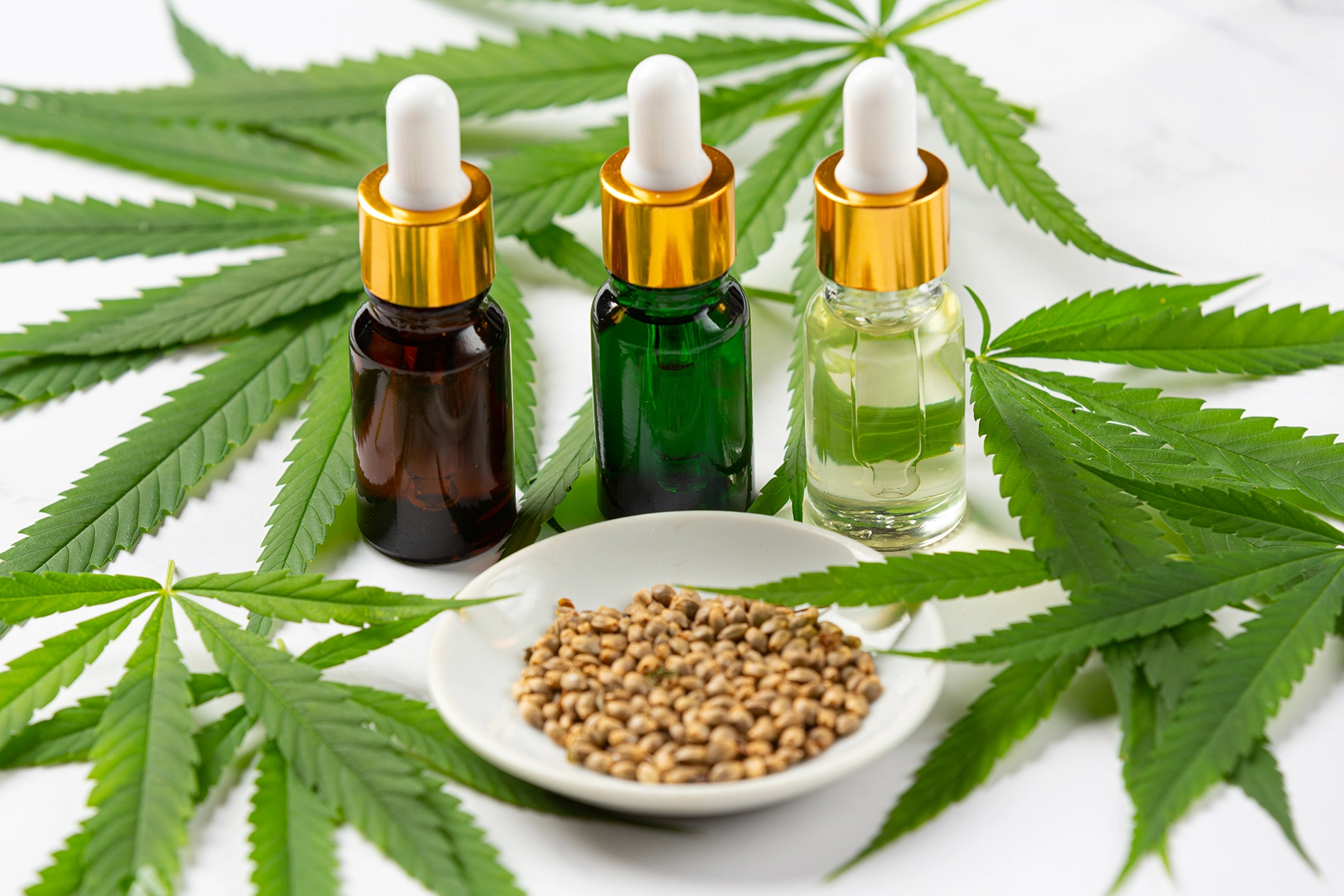CBD Oil – Solution To Your Worries, Confusion, And Queries About The Oil Ingredients
CBD Reviews Oil IngredientsIntroduction
In recent years, CBD oil has garnered significant attention for its potential health benefits and wide-ranging applications. However, amidst the growing interest, there’s often confusion about the ingredients, effects, and uses of CBD oil. This comprehensive guide aims to clear the air, addressing common concerns and providing clarity on the ingredients that make up CBD oil.
Understanding CBD Oil
CBD, short for cannabidiol, is a natural compound found in the cannabis plant. It belongs to a class of compounds known as cannabinoids, which interact with the endocannabinoid system in the human body. Unlike its counterpart THC (tetrahydrocannabinol), CBD does not induce the “high” typically associated with cannabis use. CBD oil is derived from the hemp plant, a variety of cannabis with low THC levels and high CBD content.
The Ingredients in CBD Oil
CBD (Cannabidiol)
The primary active ingredient in CBD oil is cannabidiol itself. It’s extracted from the hemp plant using various methods, such as CO2 extraction or solvent-based extraction. CBD interacts with the endocannabinoid system to promote balance and overall well-being.
Carrier Oil
CBD extract is often mixed with a carrier oil for better absorption and dosing. Common carrier oils include MCT oil (medium-chain triglycerides), hemp seed oil, olive oil, and coconut oil. These oils not only aid in the absorption of CBD but also provide additional health benefits.
Terpenes
Terpenes are aromatic compounds found in various plants, including cannabis. They contribute to the plant’s aroma and may also have therapeutic properties. Terpenes work in synergy with CBD to create what’s known as the “entourage effect,” where different compounds enhance each other’s effects.
Flavonoids
Flavonoids are plant pigments responsible for the vibrant colors in fruits, vegetables, and flowers. Like terpenes, flavonoids have potential health benefits and contribute to the overall therapeutic profile of CBD oil.
Minor Cannabinoids
In addition to CBD, there are other minor cannabinoids present in trace amounts in CBD oil, such as CBG (cannabigerol) and CBC (cannabichromene). These compounds, even in small quantities, can have their own unique effects and contribute to the entourage effect.
CBD Oil Varieties
CBD oil comes in various forms, each with its own ingredient composition and usage. Here are a few common varieties
Full-Spectrum CBD Oil
This type of CBD oil contains a wide range of cannabinoids, terpenes, flavonoids, and other beneficial compounds found in the hemp plant. It offers the entourage effect, where the combined compounds enhance each other’s effects.
Broad-Spectrum CBD Oil
Similar to full-spectrum, broad-spectrum CBD oil contains multiple cannabinoids and compounds, except for THC. It’s a suitable option for those who want the entourage effect without THC.
CBD Isolate
CBD isolate is the purest form of CBD, isolated from all other compounds. It’s often available in a crystalline powder form. While it lacks the entourage effect, some individuals prefer it for its precise dosing and no-THC content.
Nano CBD
This type of CBD has been processed to create nanoparticles, which are incredibly small particles. This can potentially enhance its absorption and bioavailability, leading to quicker and more potent effects.
Navigating Dosage and Usage
Determining the right dosage of CBD oil depends on various factors, including your body weight, the severity of the condition you’re addressing, your body’s response to CBD, and the type of CBD product you’re using. It’s generally recommended to start with a low dose and gradually increase it until you find the optimal dose that provides the desired effects.
CBD oil can be consumed in several ways
Sublingual: This involves placing a few drops of CBD oil under your tongue and holding it there for about 30-60 seconds before swallowing. Sublingual administration allows for faster absorption through the blood vessels under the tongue.
Topical
CBD-infused creams, balms, and lotions can be applied directly to the skin. This method is ideal for targeting localized issues like muscle soreness or skin conditions.
Ingestion
CBD oil can be added to food and beverages or encapsulated in the form of softgels or capsules. Ingesting CBD oil leads to slower onset but longer-lasting effects.
Inhalation
While less common, some individuals use vaporizers or vape pens to inhale CBD oil vapor. This method provides rapid effects but may carry risks associated with inhaling substances into the lungs.
Addressing Concerns and Queries
Legality
CBD oil derived from hemp is legal in many countries, including the United States, as long as it contains less than 0.3% THC. However, it’s essential to be aware of the laws and regulations in your specific region.
Side Effects
CBD oil is generally well-tolerated, but some individuals may experience side effects such as dry mouth, dizziness, changes in appetite, or diarrhea. These side effects are usually mild and temporary.
Drug Interactions
CBD can interact with certain medications, particularly those metabolized by the liver. Consult with a healthcare professional before using CBD oil if you’re taking other medications.
Quality and Safety
To ensure you’re using a high-quality product, look for CBD oils that undergo third-party testing for potency and purity. This information is often available on the product’s label or the manufacturer’s website.
Conclusion
CBD oil offers a promising natural solution for a variety of health concerns, but understanding its ingredients and how to use it effectively is crucial. Whether you’re looking to alleviate pain, reduce anxiety, or improve overall well-being, CBD oil’s potential benefits are worth exploring. By grasping the key components of CBD oil, its various forms, and appropriate usage, you can make informed decisions that align with your health goals. Always remember to consult with a healthcare professional before incorporating CBD oil into your wellness routine, especially if you have underlying health conditions or are taking medications.
- Upper Face Anti Wrinkle Treatment Near Beddington, Surrey - January 4, 2025
- Skin Pen Microneedling Near Long Ditton, Surrey - January 2, 2025
- Nasolingus Fetish: Sensual Kissing Of The Nose - January 2, 2025

